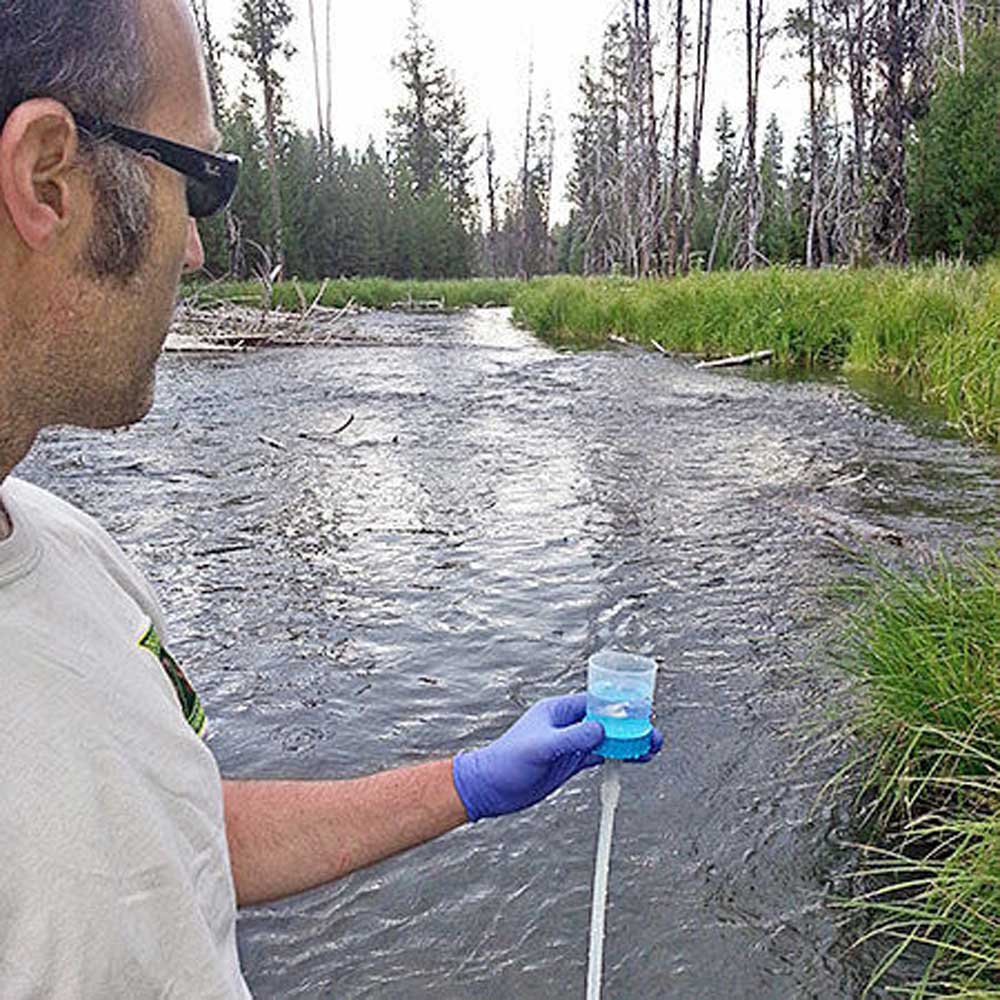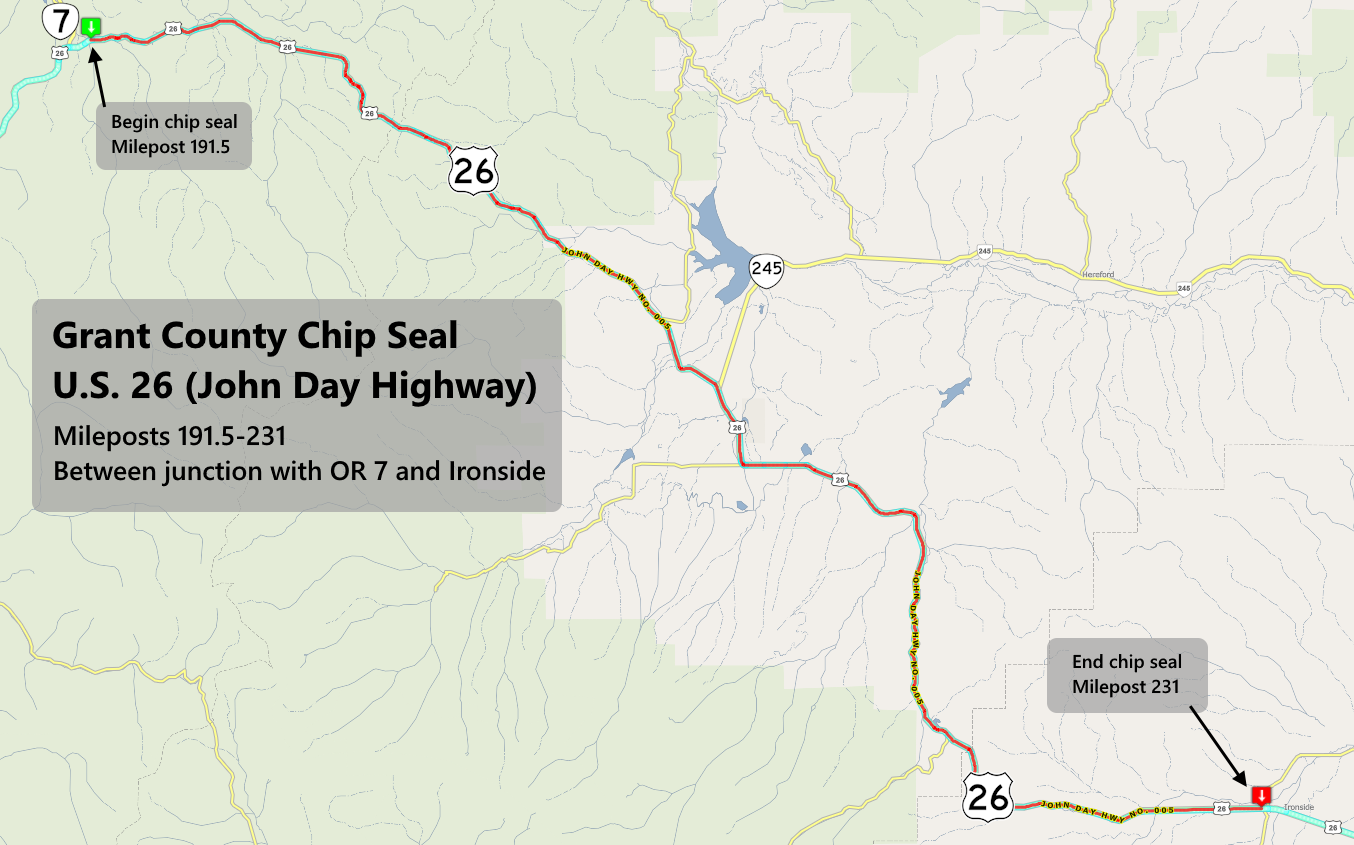Pilot project uses ‘eDNA’ in water to track fish
Published 7:47 am Thursday, October 20, 2016

- Shaun Clements, research scientist with the Oregon Department of Fish & Wildlife, tests the waters of the upper Deschutes River for environmental DNA.
The Oregon Department of Fish & Wildlife is launching a pilot study that could lead to a cheaper and more efficient way of monitoring fish populations across the state.
Rather than trapping and physically handling fish — which the agency says is expensive and labor-intensive — researchers are looking into the millions of strands of DNA released naturally into lakes and streams to determine the abundance of certain species.
All living organisms release DNA into their environment, whether by their skin, hair, mucus or feces. This “eDNA” is unique to each species, and Shaun Clements, research scientist with ODFW in Corvallis, said it could be used to answer critical questions about the distribution of fish.
“The concept of being able to capture DNA from the water has been around for a while,” Clements said. “Pretty much everything we’ve done to date is taking samples and seeing what was there. What we’re doing now is figuring out what that all means.”
ODFW has previously used eDNA to detect bull trout in Odell Lake and the John Day Basin, according to Clements. The technique came in handy, he said, since bull trout tend to be nocturnal, more secretive and difficult to find.
But simply finding eDNA for a particular type of fish doesn’t give biologists enough information. Clements said they need to learn more about how the material travels in water to ensure the fish are actually present, and the result isn’t a false positive.
“Because we don’t actually put our hands on the critter, we need to figure out what a positive detection of eDNA really means,” Clements said.
That’s where the pilot project comes in. Essentially, Clements said they are creating custom eDNA, which they will release over the coming months into the Alsea River. Once the tracers are captured, they will reveal their own unique code that will tell researchers when and how much was released.
If successful, Clements said the project could expand into a full study on rivers across the state in early 2017, including basins in northeast Oregon. The agency hopes sampling eDNA can come to replace many of the traditional methods of monitoring, such as electrofishing and surveys of spawning areas, which can take a lot of time and money.
ODFW is currently operating on a biennium budget of about $370 million, and a task force has identified an additional need of $79.9 million per biennium, according to a recent report by the EO Media Group’s Capital Bureau. Clements said eDNA sampling could be a step toward lowering operating costs in the department.
“I think the potential for cost savings here is very big,” Clements said. “We’re a very labor-intensive agency, and a lot of that could be replaced with eDNA sampling.”
In addition, eDNA could give biologists an early warning for potential invasions by non-native species, such as quagga mussels, which could cause significant damage to fisheries and cost the state millions of dollars.
“eDNA has the potential to revolutionize fish monitoring,” Clements said.






